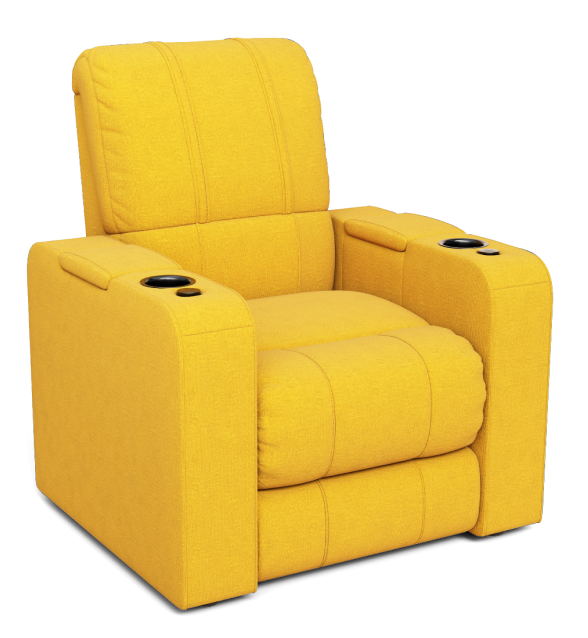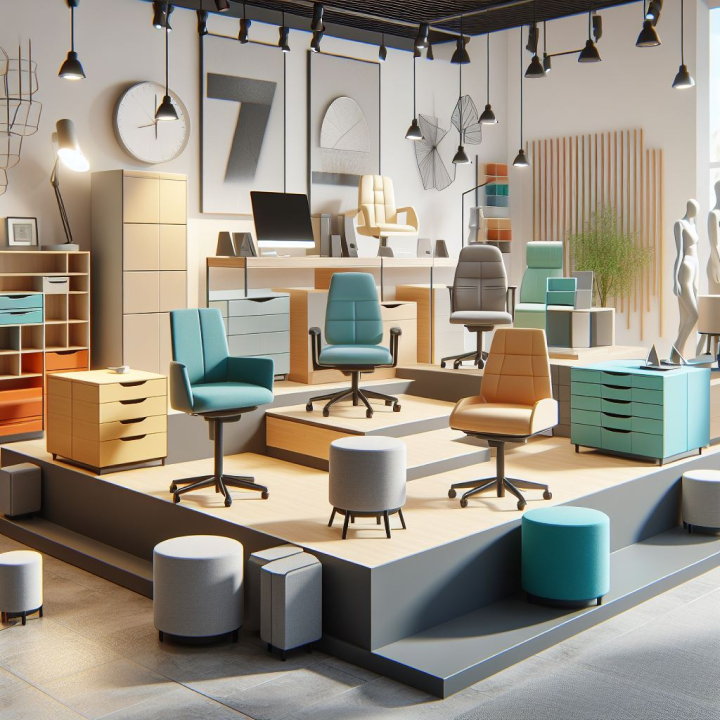In the fast-evolving digital era, 3D product rendering emerges as a game-changer, shaping industries and enhancing visual communication. In 2024, its significance has surged, offering businesses unparalleled opportunities to streamline workflows and meet consumer expectations.
As the online market matures, consumers demand seamless services tailored to their needs. They expect intuitive interfaces, fast shipping, and exceptional customer service. Enter 3D product rendering, which provides immersive shopping experiences, allowing consumers to explore products in detail.

A Competitive Edge for Businesses in a Visual World
3D rendering builds trust by presenting products authentically, boosting consumer confidence and loyalty. It also helps businesses stand out in a competitive market, captivating audiences with visually stunning imagery.
The growing trust in 3D product rendering is a crucial asset for businesses aiming to succeed in the digital age, meeting consumer expectations and driving growth in 2024 and beyond.
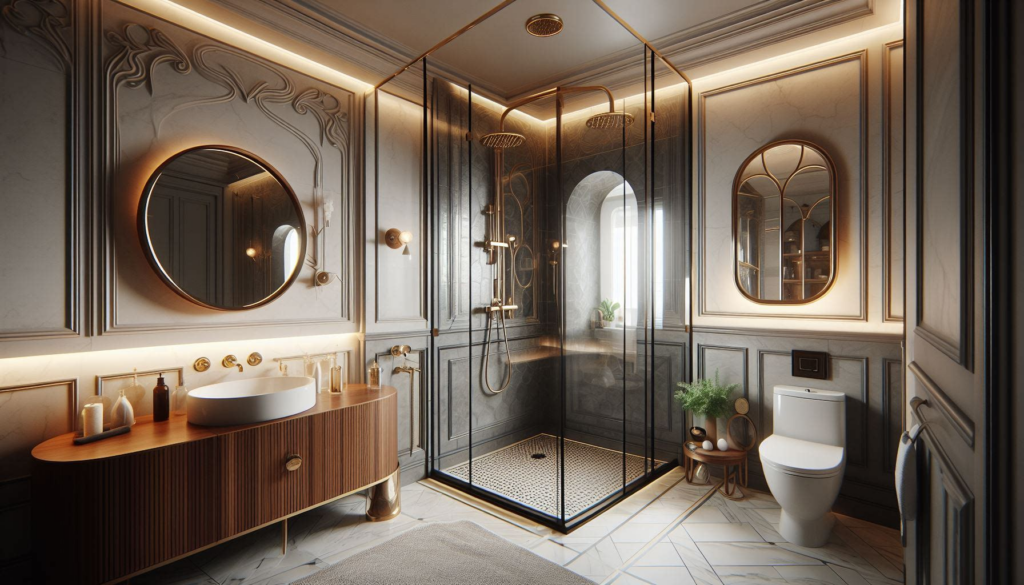
What is 3D Product Rendering?
At its core, 3D product rendering is a transformative technique that leverages computer graphics to convert three-dimensional models into visually stunning 2D images or animations. By meticulously crafting lifelike representations of products, environments, and concepts, 3D rendering blurs the lines between imagination and reality. Here’s a closer look at some key aspects:
Photorealistic Visuals:
One of the most compelling aspects of 3D rendering is its ability to produce photorealistic images that closely resemble real-life scenarios. Whether it’s architectural designs, product prototypes, or interior spaces, 3D images brings them to life with remarkable accuracy.
Techniques for Photorealism:
Achieving photorealism requires mastery of various techniques, including IES light profiles, beveling and chamfering, texture mapping, and HDRI lighting. These techniques ensure that every detail is meticulously crafted to create an immersive visual experience.
Interior Renders:
In the realm of interior design, accurate scale adjustments, effective lighting, and the use of physically based rendering materials are essential for creating photorealistic 3D interior renders. Proper scene setup and consistent textures further contribute to the realism of the final image.
Value of 3D Photorealism:
Photorealistic renderings serve as a bridge between imagination and reality, enhancing visual communication and making ideas and designs more credible and compelling.
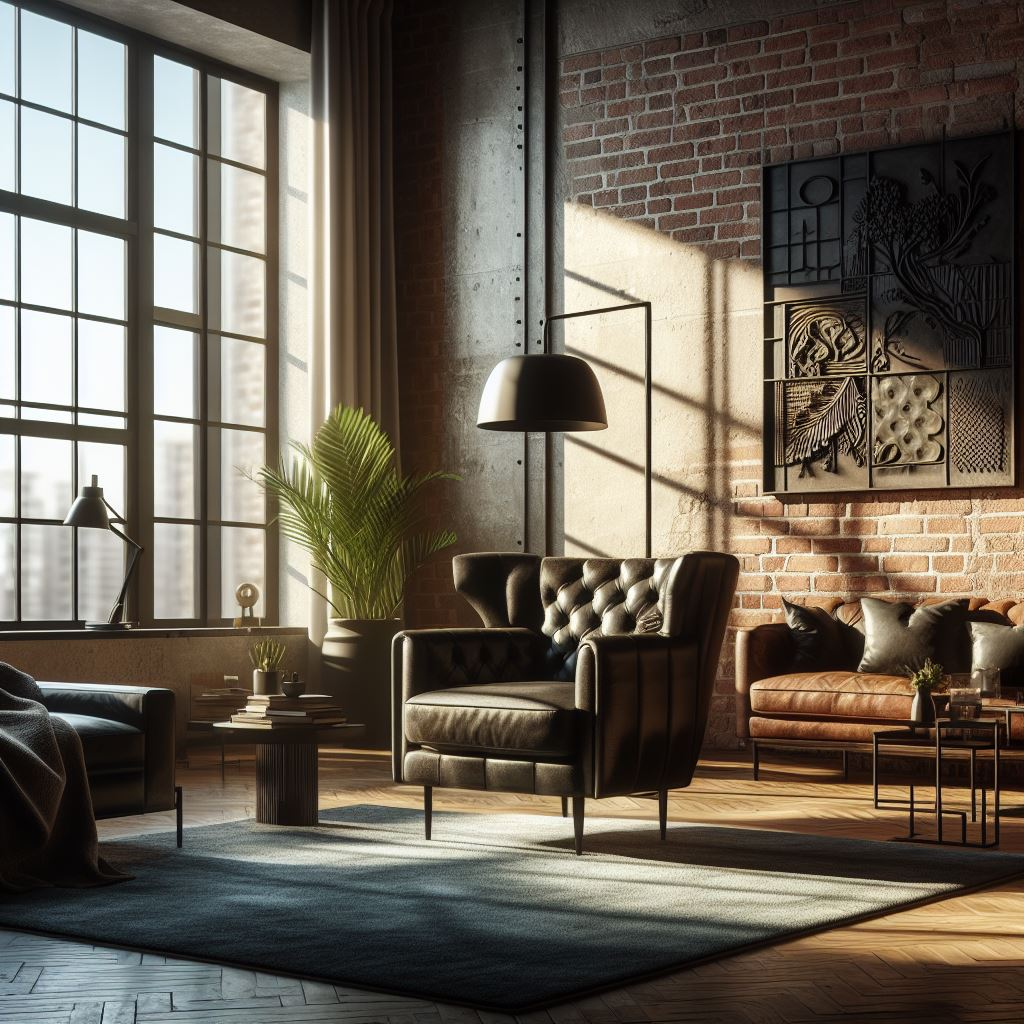
Why Do You Need 3D Product Rendering in 2024?
Enhanced Visual Communication:
In an increasingly digital world, effective visual communication is essential. Photorealistic 3D renders provide businesses with a powerful tool to convey ideas and designs with clarity and impact, facilitating decision-making processes and driving engagement.
Versatility:
The applications of 3D rendering are virtually limitless. From real estate marketing and gaming to interior design and product development, this technology finds utility across diverse industries, offering endless possibilities for innovation and creativity.
Cost-Effectiveness:
Unlike traditional product photography, 3D rendering offers unmatched flexibility and cost-effectiveness. From angle adjustments to product updates, businesses can save time and resources by leveraging the versatility of 3D rendering for their visual content needs.
Future-Proofing:
As technology continues to evolve, 3D rendering remains at the forefront of innovation. By investing in this forward-looking technology, businesses can future-proof their visual content strategies and adapt to emerging trends and technologies.
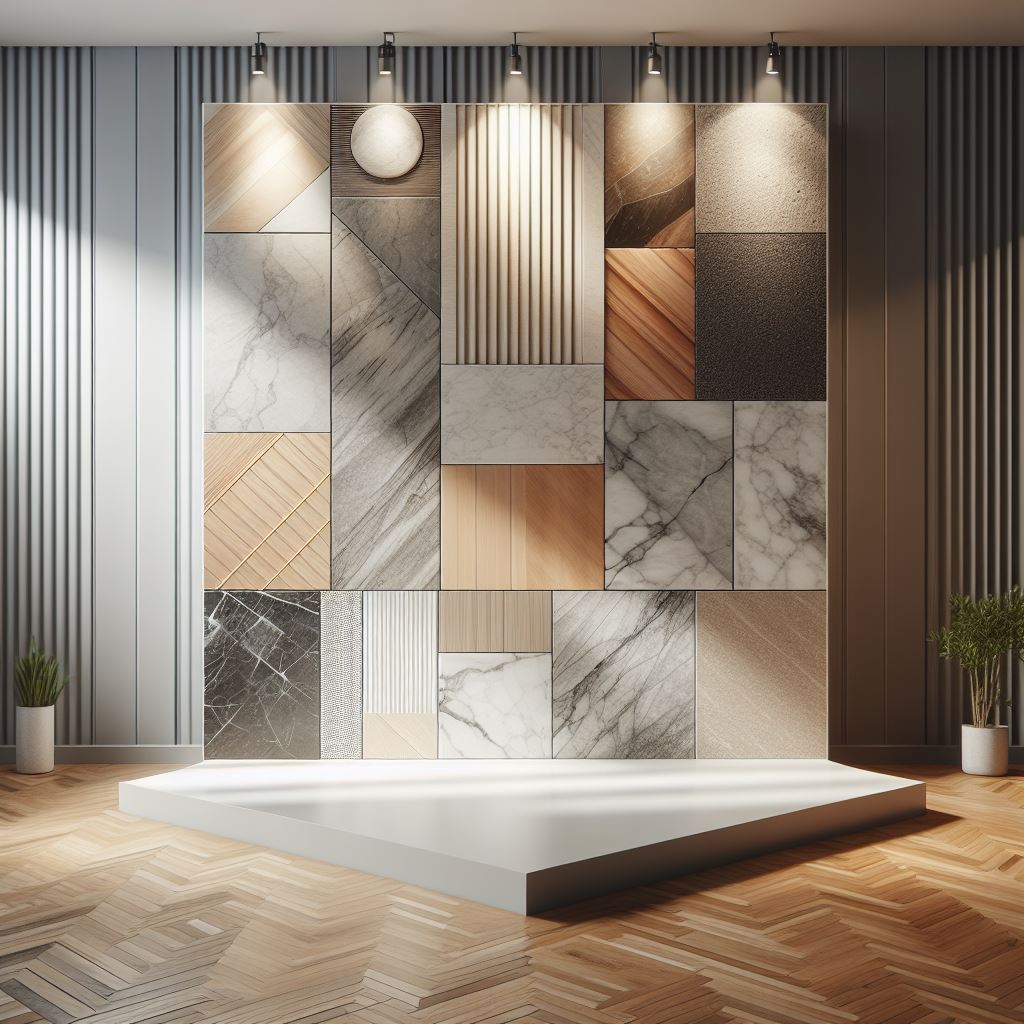
Tulfa’s Dynamic 3D Product Rendering
Breaking free from conventional 3D lifestyle rendering, Tulfa empowers businesses with dynamic product modifications, allowing exploration of products from every angle, color, and size with unparalleled precision. Leveraging augmented and virtual reality (AR/VR) technologies, Tulfa offers immersive experiences for consumers, setting businesses apart in the competitive landscape. With expertise across industries, Tulfa tailors solutions to meet the unique needs of fashion, furniture, electronics, automotive, and more. Their ground-breaking 3D interactive product customization enhances engagement and loyalty by allowing real-time product personalization.
To learn more about Tulfa’s transformative 3D product rendering services and empower your brand in the digital landscape, contact us at hello@tulfa.com today.
Shape the future of visual storytelling in 2024 and beyond.

